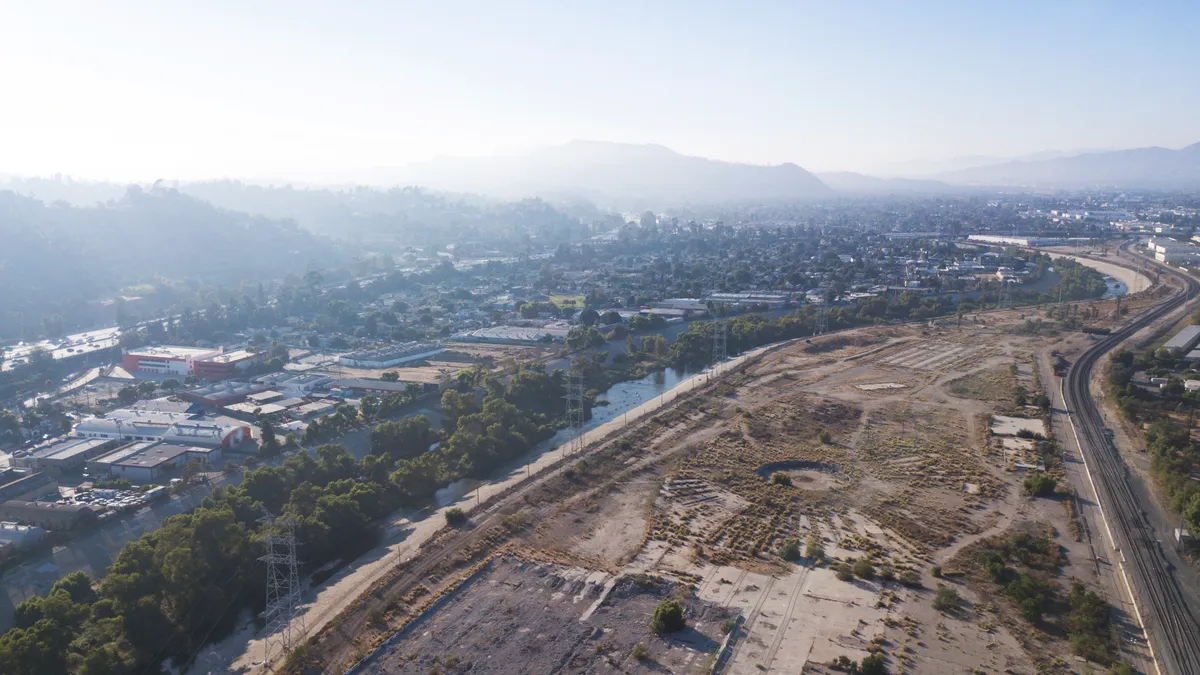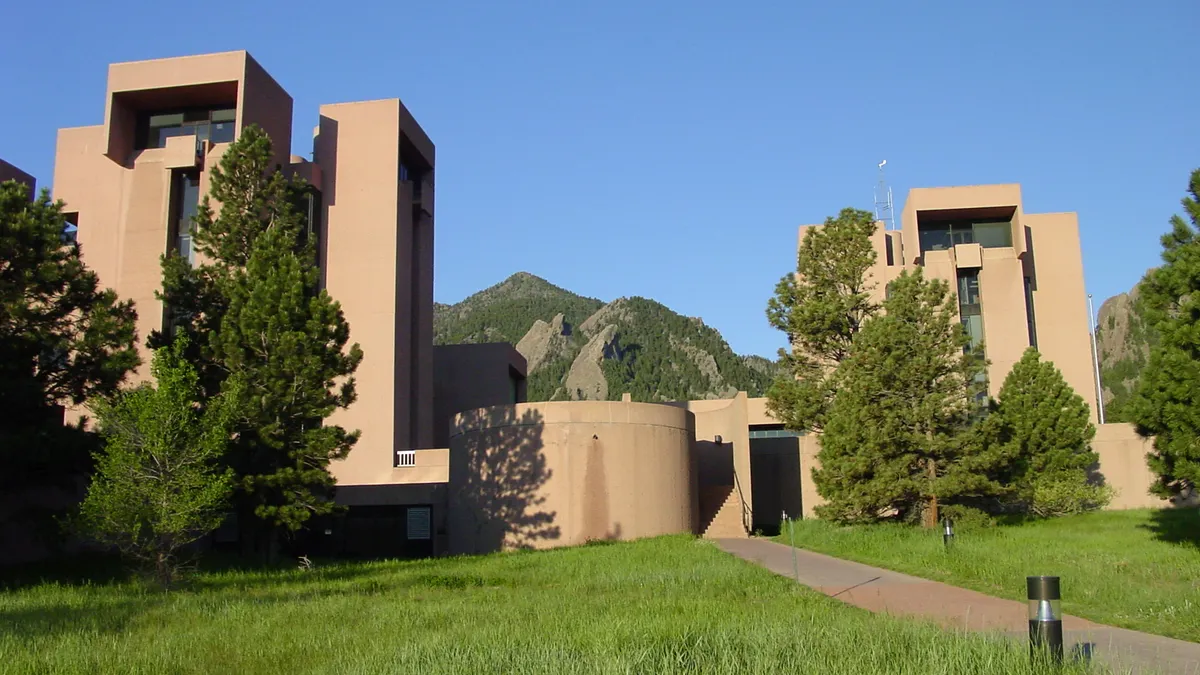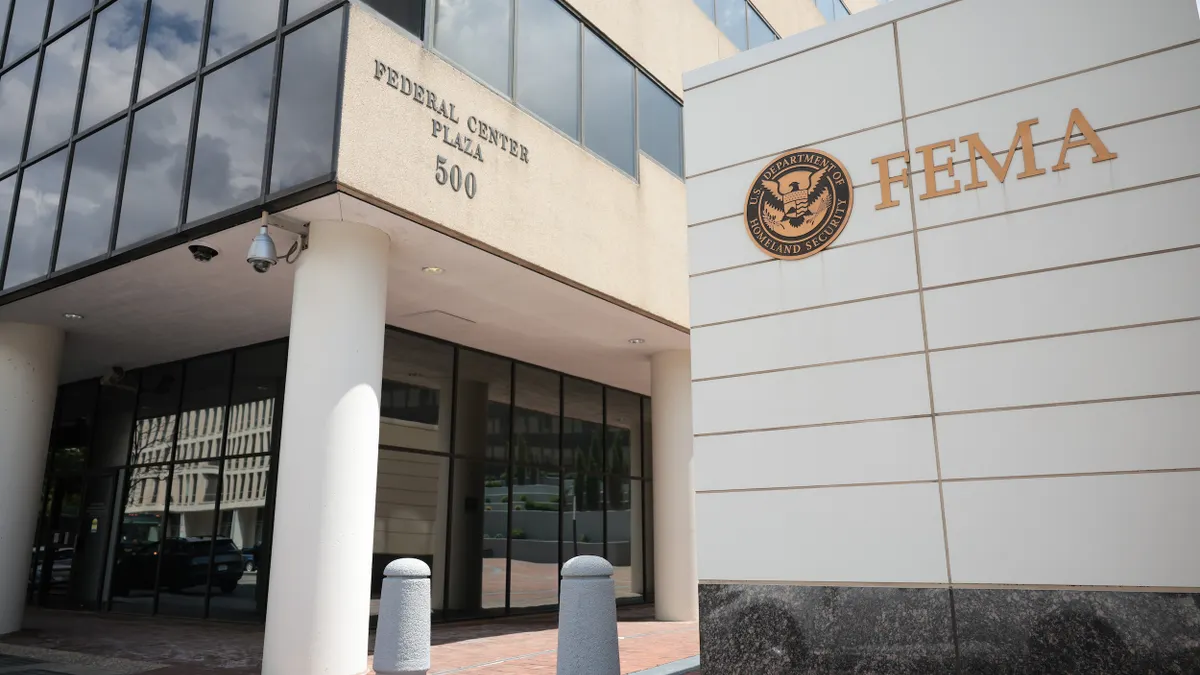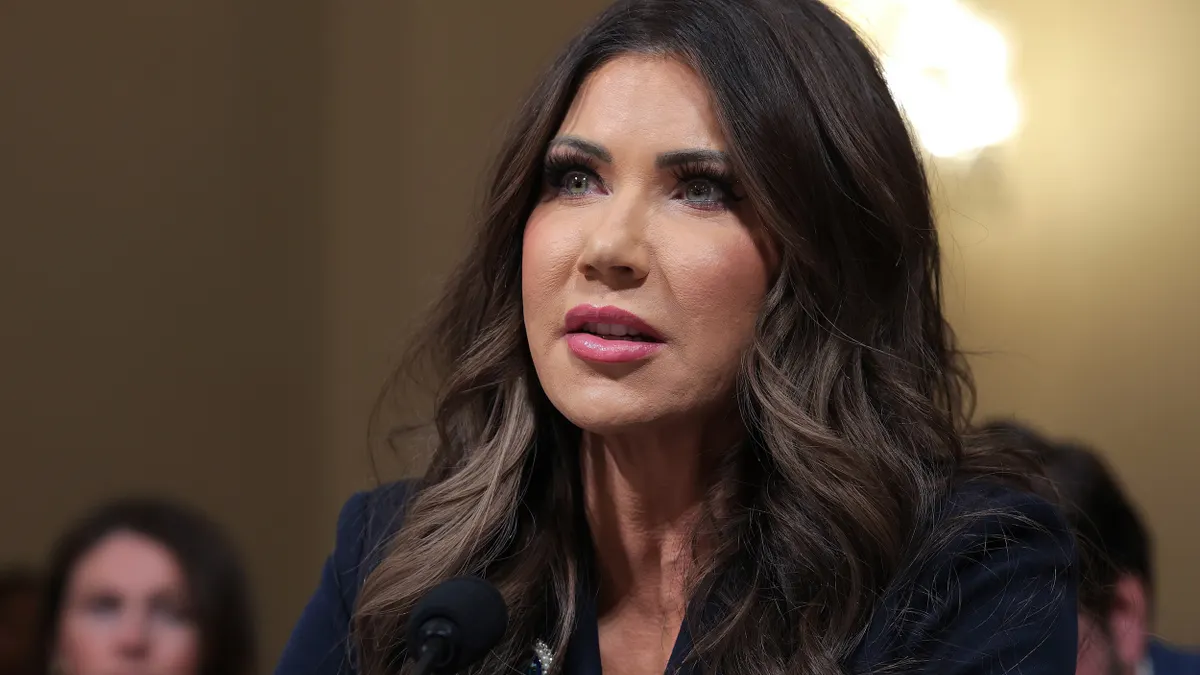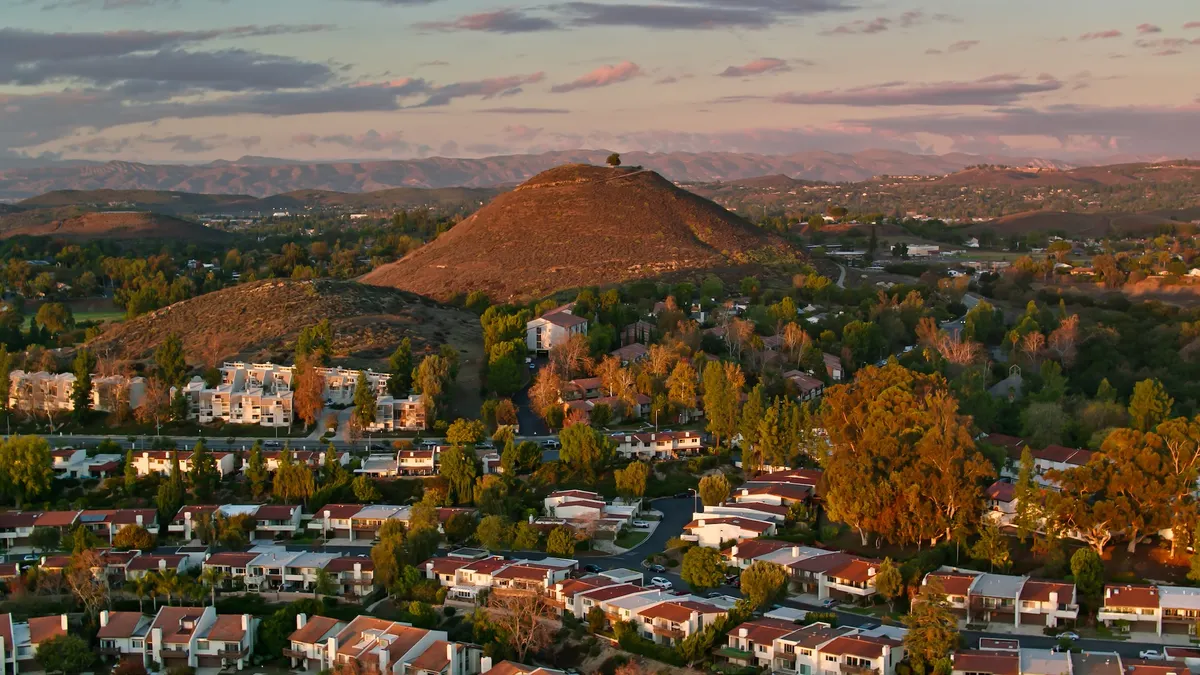In early May, Secretary of the Interior Deb Haaland traveled to Minnesota to announce $61.1 million in grant funding newly available to 27 urban parks and trails projects in 26 cities across the U.S. The selected communities will submit final applications for grants that allow them to create new parks or renovate existing ones.
The funding is available through the Outdoor Recreation Legacy Partnership, a National Park Service grant program established in 2014 that leverages federal funds for underserved communities to create and improve parks, trails, and other outdoor recreation opportunities, said Stephanie Roulett, public affairs specialist for the National Park Service, in an email.
Roulett said the 27 grant finalists — selected from a pool of 64 — were chosen for their potential to provide recreation to economically disadvantaged populations.
“Priority is given to projects that are targeted to meet the needs of underserved communities; provide opportunities for employment or job training; involve and expand public-private partnerships; and rely on a high degree of coordination among all levels of government, to expand and improve recreation opportunities for all,” said Roulett.
The grant’s focus on low-income communities will bring needed green spaces and park upgrades to underserved urban cores, providing space for safe play, neighborhood connection, and outdoor recreation, while adding a layer of climate resilience and adaptation. The proposals run the gamut from three $5 million projects in southern California to more modest grant proposals like $400,000 to revitalize a public park in a low-income community in Portland, Maine, a $900,000 grant to uplift a deteriorated skate park and recreation area while providing new rain gardens and tree plantings in Detroit, Michigan, and a $381,000 grant to update a wellness loop in Scranton, Pennsylvania.
One finalist is the Bowtie in Los Angeles, an 18-acre brownfield that previously was an old rail yard known as the Taylor Yard. The Bowtie would connect to the 40-acre Rio de Los Angeles State Park and another 42-acre property, called G2, to make a 100-acre continuous recreation space with direct access to the Los Angeles River, a plan called the 100 Acre Partnership at Taylor Yard.
Amy Schuessler, an architect with California State Parks, who spearheaded the effort to apply for the ORLP grant, said the Bowtie initiative altered the traditional path of wilderness exploration for California’s state parks by creating a portal to the rest of the park system through urban cores. She said the project “recognized the importance of outdoor space and nature for our very dense urban population, the people that most need access to nature and the outdoors.”
Schuessler noted her project would “put outdoor park space in neighborhoods that are woefully park poor.” Along with the $5 million in funding they applied for through ORLP, Schuessler said the state parks would match the funding for a $10 million project developing roughly 10 acres of park space with publicly accessible restrooms, walking trails, landscaping, and visitor amenities like a welcome pavilion.
Elvis Cordova, vice president of public policy and advocacy at the National Recreation and Park Association, said while it’s great to be able to visit state or national parks, not everyone has the resources to do so. The ORLP funding is important because it promotes access to local parks and it provides an additional layer of funding that bolsters the limited funding available in economically distressed urban areas.
“We want to ensure that folks in underinvested urban areas have opportunities to access expanding green and outdoor recreation spaces, with quality parks and facilities that are kept up to date and offerings that are culturally relevant,” Cordova said. Plus, he added, urban areas can use these parks to “help us deal with the climate change challenge that is impending” through infrastructure to manage stormwater runoff, reduce the heat island effect, and make the area more resilient to flooding.
In Grand Rapids, Michigan, a project providing upgrades to Camelot Park, a five-acre park on the eastern edge of the city, is also a finalist. The grant would allow the city to build bathrooms and a picnic shelter and splash pad at the park that are accessible to people who use wheelchairs or mobility devices and would provide a hot-weather reprieve for kids during the increasing heat of Michigan summers, according to Catherine Zietse, partnership and development coordinator with the Grand Rapids Parks and Recreation Department. Zietse said the $479,600 grant it applied for with ORLP would partially fund the $959,200 park plan, along with a matching grant from the Grand Rapids Community Development Department and a parks millage tax.
Zietse said the project idea was identified during 2015 community meetings held with partners like local church groups, schools, and a community center for refugees. At the time, the department was planning to repair an existing basketball court and walking trail, but Zietse said conversation continued for seven years around further potential improvements.
“The surrounding neighborhood is characterized by a lot of rental housing, a higher percentage of racial minority residents, foreign-born residents, and kids,” said Zietse. “The neighborhood overall is also very park-deficient. [Camelot Park] is the only park for one and a half miles for a lot of residents.”
She acknowledged the project would face challenges from high construction costs and lengthier timelines connected to labor market and supply chain issues. She’s working with Michigan’s Department of Natural Resources on the final application, and Zietse said they expect to hear back from ORLP by spring 2023. She’s optimistic that the final project will benefit the community.
“The park will create more opportunities for inclusive play,” said Zietse. “[The new facilities will] create more spaces where families and communities can meet with each other and build connections.”


